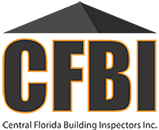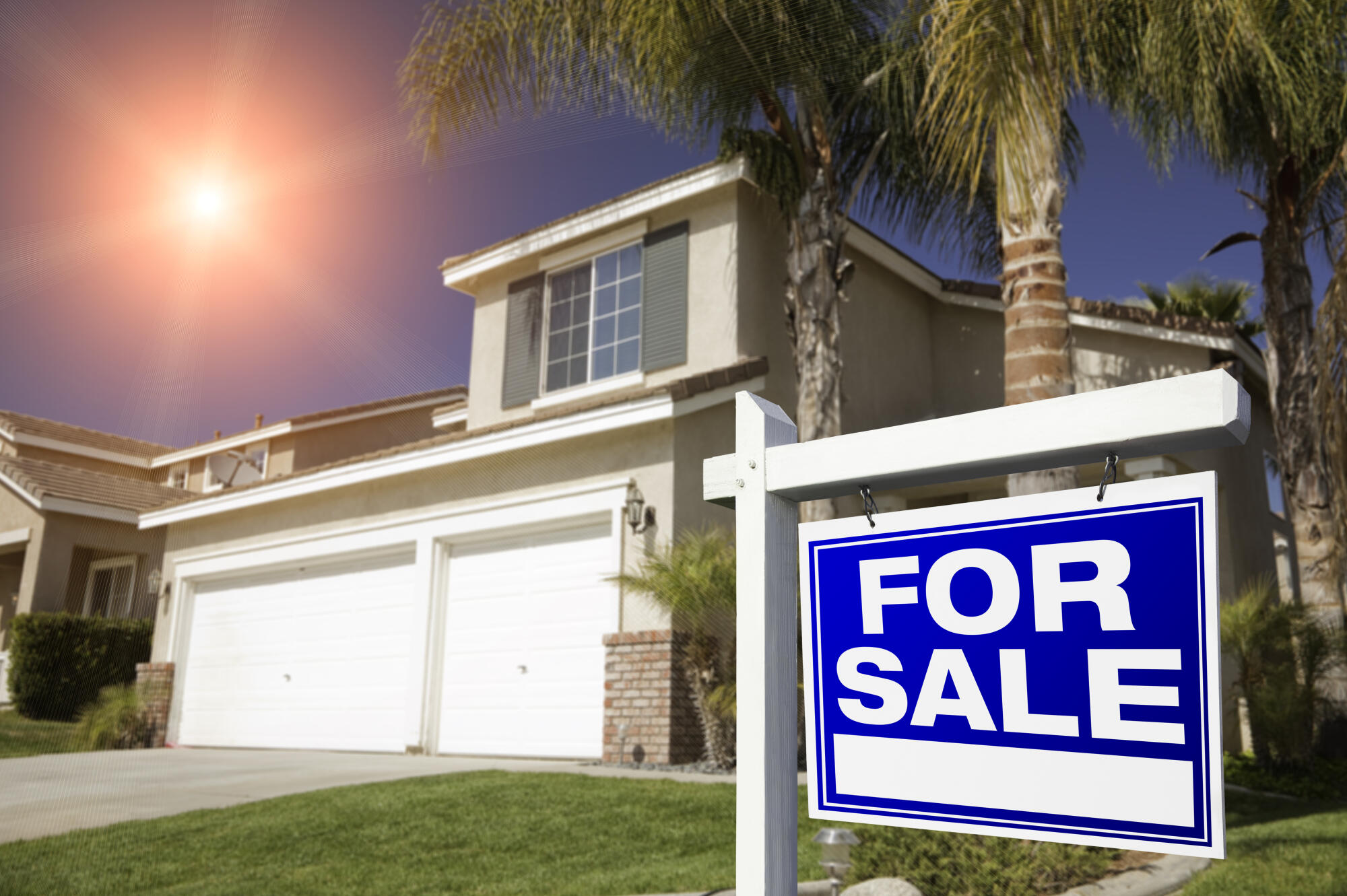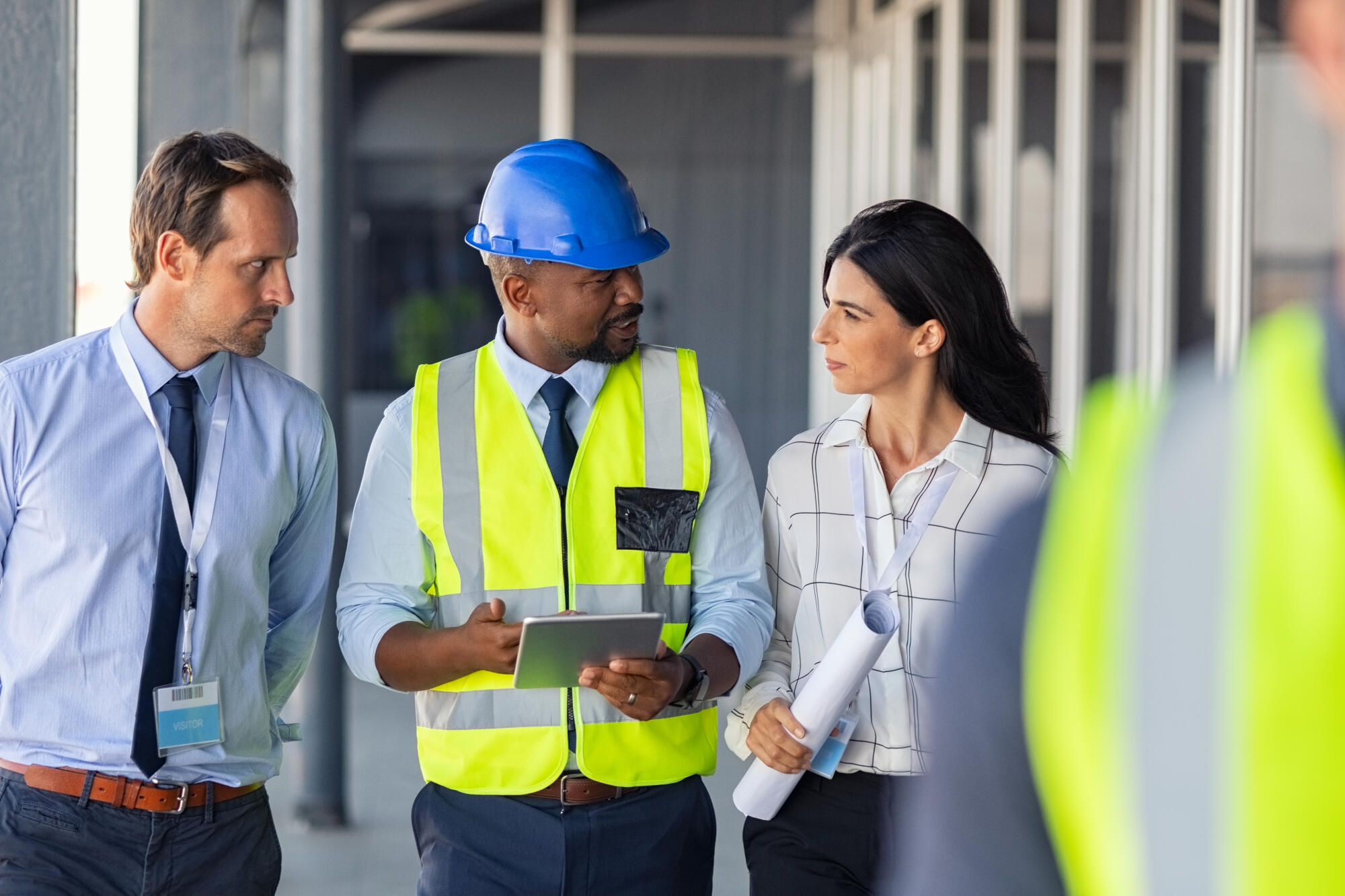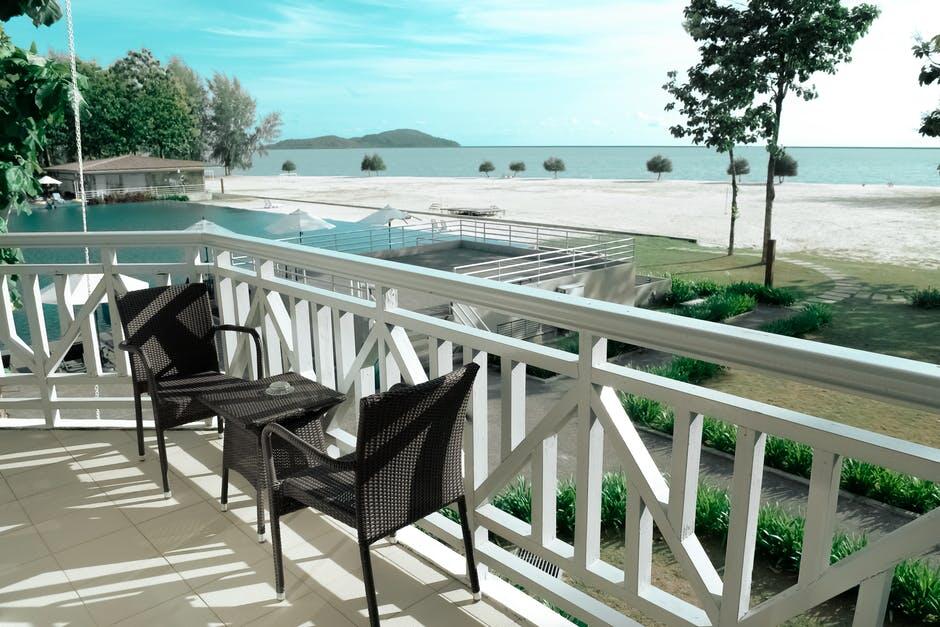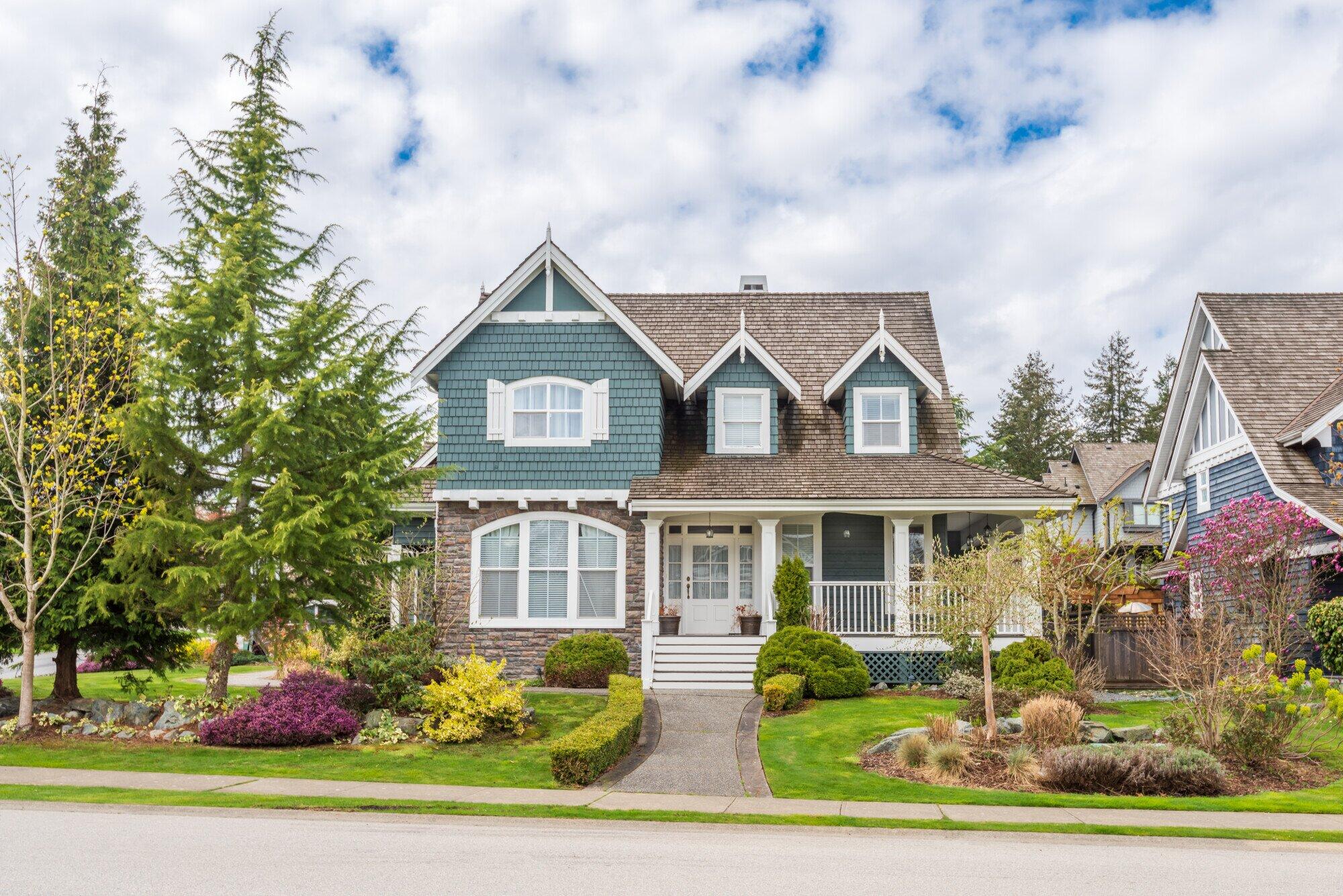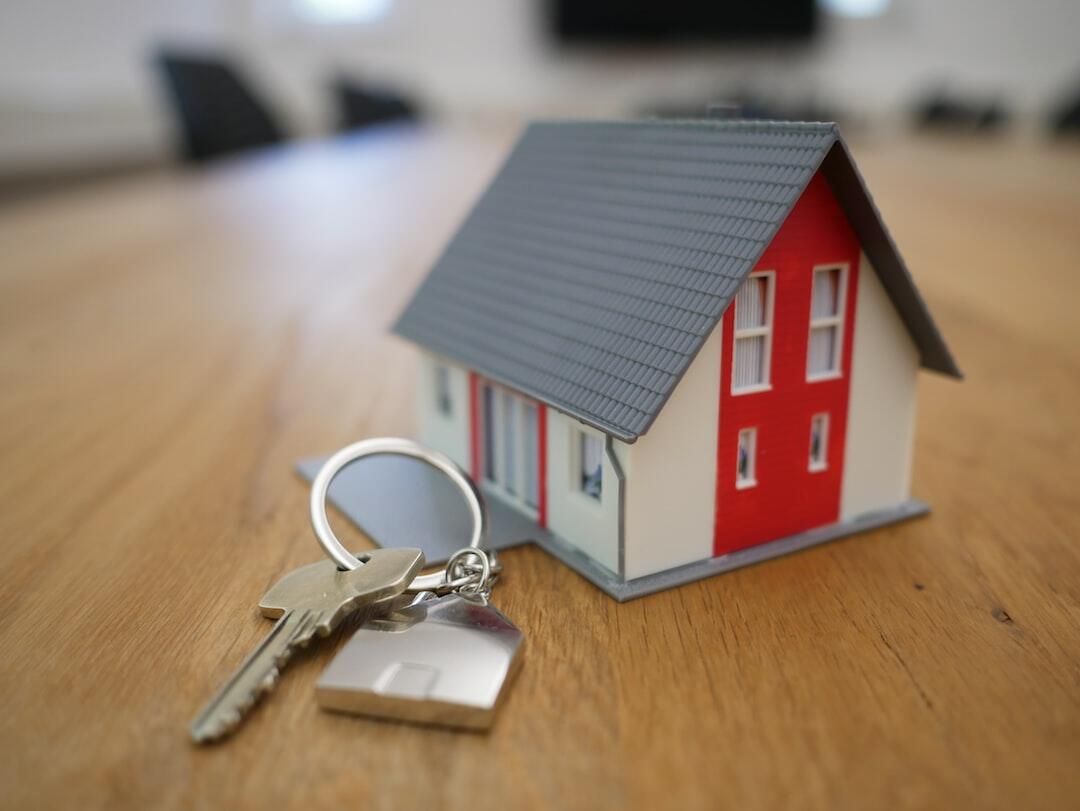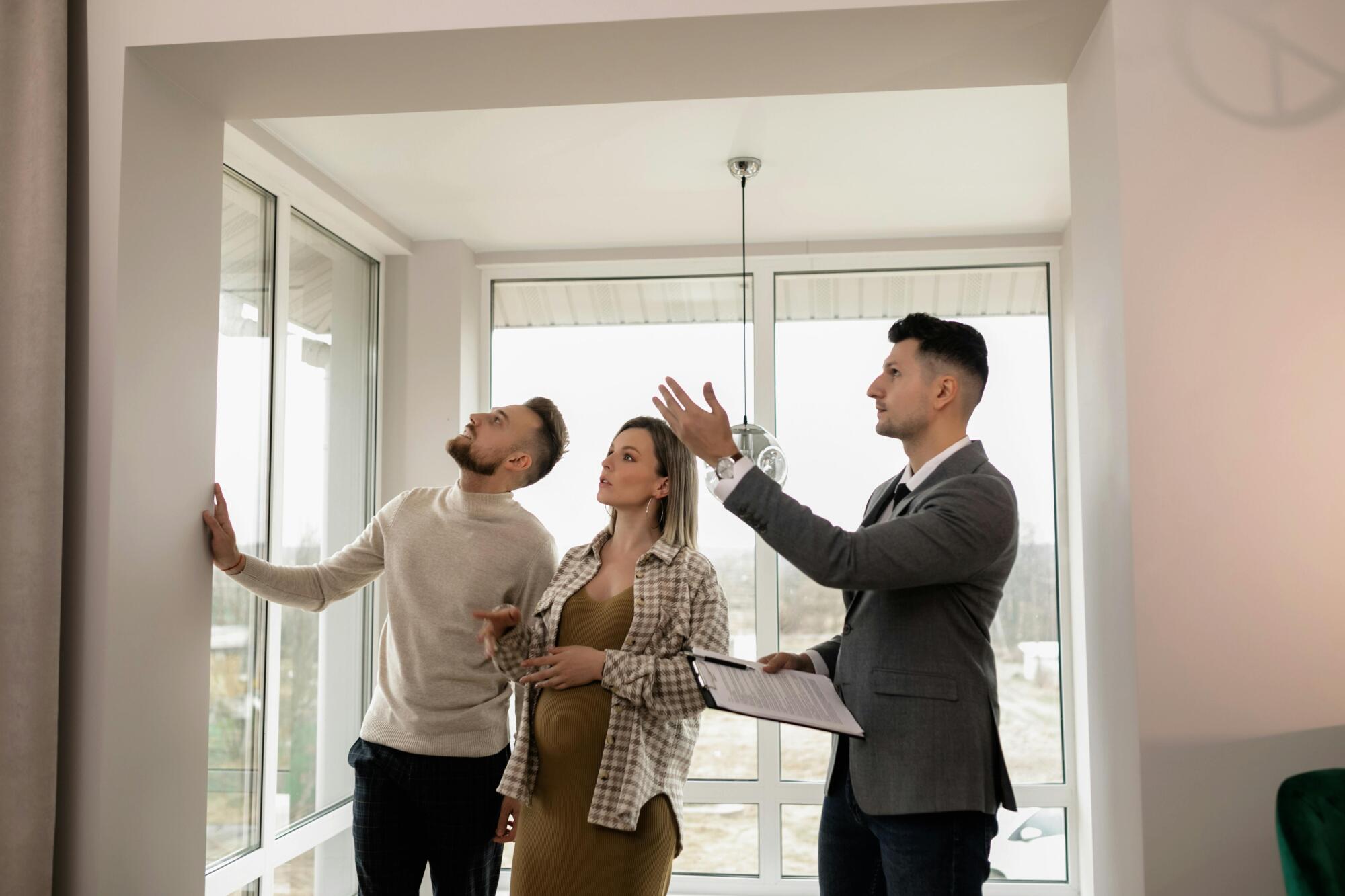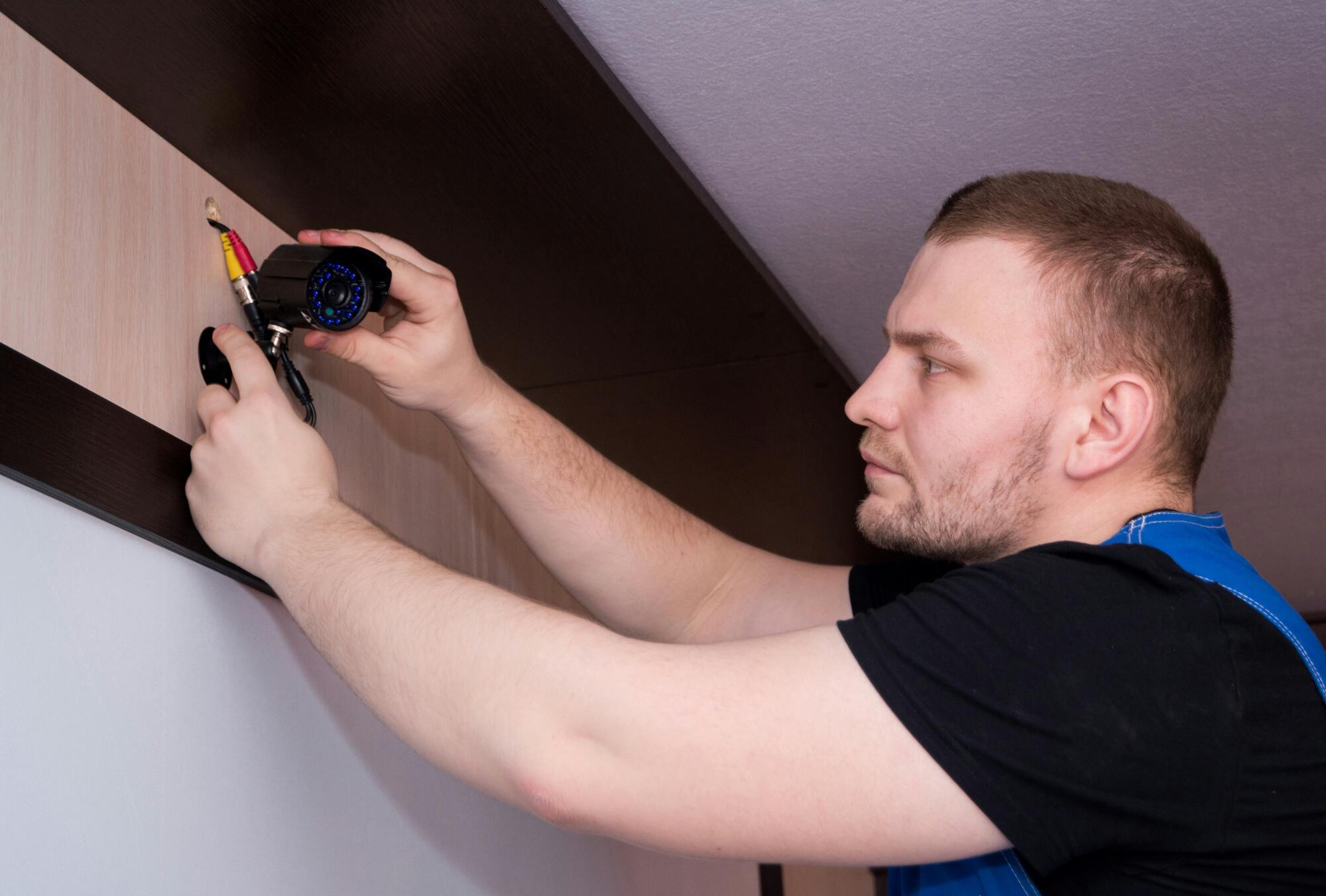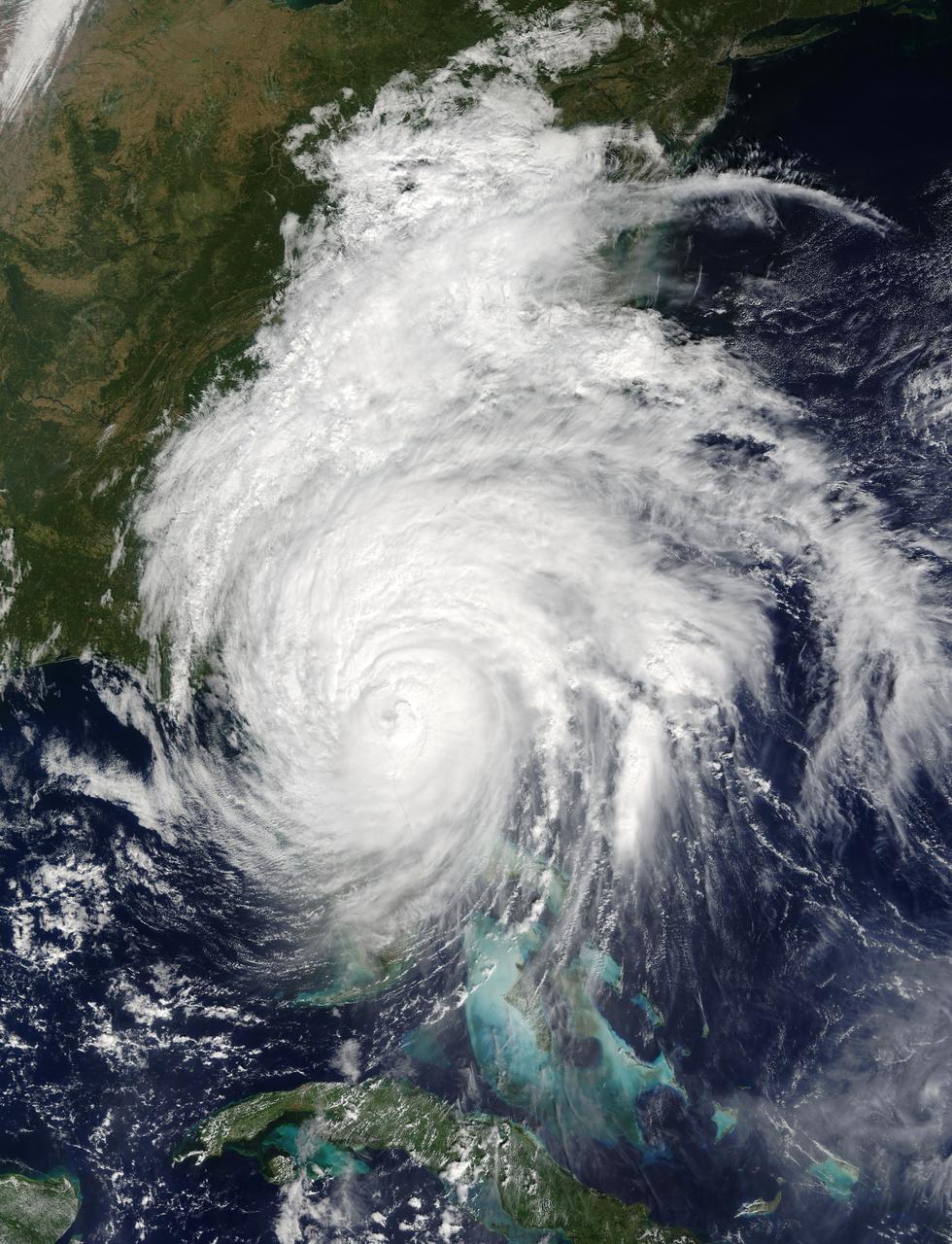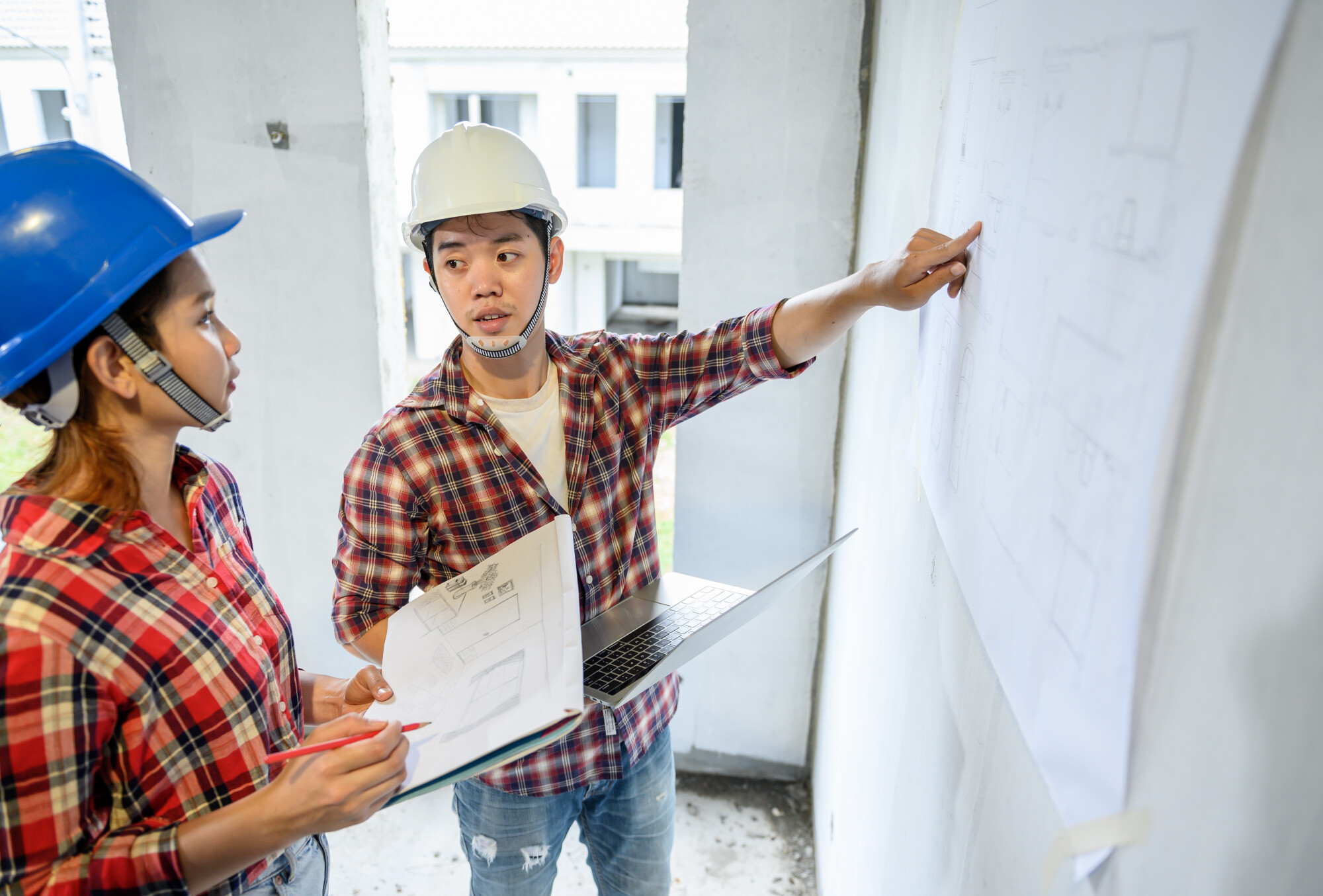For both landlords and tenants in Orlando, property inspections are a crucial aspect of rental management. Inspections allow landlords to maintain their property’s condition, ensure tenant safety, and address any potential issues before they become costly problems.
For tenants, inspections provide a way to ensure that the property remains safe and livable while allowing them to voice concerns or highlight necessary repairs.
But what can a landlord look at during an inspection?
Understanding the answer to this question and how these inspections fit into Orlando’s legal framework, is essential for maintaining a smooth landlord-tenant relationship. In this article, we will break down what types of inspections landlords may conduct and what they typically focus on during inspections.
Types of Inspections Landlords May Conduct
Landlords typically carry out different types of inspections throughout the lease.
Each type serves a specific purpose, and they may be scheduled or conducted at various times, such as before a tenant moves in, during the lease, and after a tenant moves out. They are all done to maintain certain rental property standards.
Here are the main types of inspections landlords in Orlando may conduct:
1. Move-In Inspection
This inspection occurs before a new tenant moves into the rental property. During this inspection, the landlord documents the property’s condition, noting any pre-existing damage or issues.
Tenants must attend this inspection and ensure any damage is recorded to avoid disputes at the end of the lease. Both the landlord and tenant should agree on the property’s condition before moving in.
2. Routine Inspection
Routine inspections are scheduled at regular intervals during the lease term, often every six months or annually. These inspections are meant to:
- Assess the general condition of the property
- Ensure that tenants are following the lease agreement
- Check for potential maintenance needs
Routine inspections help landlords prevent small issues from escalating into major repairs.
3. Move-Out Inspection
The move-out inspection takes place after a tenant vacates the property. This inspection helps determine whether the tenant is responsible for any damages beyond normal wear and tear, which may impact the return of the security deposit.
The landlord will compare the property’s condition at move-out with its condition at the start of the lease, referencing the move-in inspection checklist.
5. Emergency or Repair-Related Inspection
If an emergency or urgent maintenance issue arises, such as a plumbing or electrical problem, the landlord may inspect the property to assess the damage and arrange for repairs. In Orlando, landlords must provide reasonable notice (usually 12 to 24 hours) before entering the rental unit for non-emergency repairs.
Key Points Landlords Focus on During Inspections
During an inspection, landlords have specific areas they will focus on to ensure the property is being maintained. Below are key points landlords typically assess during these inspections.
1. General Cleanliness and Property Condition
Landlords want to ensure that tenants are maintaining the property in a clean and sanitary condition. This includes checking that surfaces are free of excessive dirt or grime, garbage is properly disposed of, and clutter is minimized. Neglecting general cleanliness can lead to pest infestations or damage, so landlords may take note if there are signs of poor housekeeping.
2. Damage to Property and Appliances
One of the main reasons for inspections is to check for any damage beyond normal wear and tear. This could include:
- Holes in walls or damaged paint
- Broken windows, doors, or locks
- Stains or damage to flooring, such as carpet, hardwood, or tiles
- Leaks, water damage, or mold issues
- Broken or malfunctioning appliances (refrigerator, oven, dishwasher, etc.)
Landlords understand that normal wear and tear, such as minor scuffs or carpet wear, is inevitable, but they will look for damage that could have been caused by neglect or misuse.
3. Plumbing and Electrical Systems
Landlords will often inspect the property’s plumbing and electrical systems to ensure they are in good working order. This includes checking for:
- Leaky faucets, running toilets, or clogged drains
- Proper water pressure and functioning water heaters
- Electrical outlets and light switches that work properly
- Properly functioning smoke detectors and carbon monoxide detectors
Any issues with plumbing or electrical systems can be costly to repair and may pose safety hazards, so landlords will prioritize these checks during inspections.
4. Outdoor Maintenance
If the rental property includes outdoor areas, such as a yard, patio, or balcony rail, landlords will inspect these spaces to ensure they are being maintained. This includes checking for:
- Overgrown grass, weeds, or dead plants
- Trash or debris accumulation
- Proper maintenance of outdoor furniture, fences, or sheds
- Damage to the exterior of the property, such as peeling paint, broken gutters, or roof damage
In Orlando, where weather conditions can vary, maintaining outdoor areas is essential to prevent long-term damage and keep the property looking presentable, as well as ensuring reasonable tenant living conditions.
5. Lease Agreement Compliance
Landlords also use inspections to verify that tenants are adhering to the terms of the lease agreement. This could include:
- Checking for unauthorized occupants or pets
- Ensuring that smoking restrictions are being followed
- Verifying that tenants are not conducting business activities that violate the lease
- Confirming that tenants are not making unapproved alterations to the property
Lease violations can result in fines, warnings, or, in severe cases, eviction. Landlords use inspections to ensure that tenants are complying with all lease terms.
6. Safety Hazards
Lastly, landlords are responsible for ensuring the property remains safe for occupants. During an inspection, they will check for safety hazards, including:
- Broken handrails or stairs
- Faulty smoke detectors or missing fire extinguishers
- Electrical hazards, such as exposed wiring
- Tripping hazards, such as loose carpets or uneven flooring
By addressing safety hazards promptly, landlords can protect both the tenant’s well-being and the property’s value.
What Can a Landlord Look at During an Inspection?
There are many different kinds of inspections a landlord can conduct. Now you know the answer to the question, “What can a landlord look at during an inspection?”
If you need a bit more help with your inspections, consider Central Florida Building Inspectors. We are experienced & certified home inspectors who can ensure your costly investment will not have any significant flaws.
Schedule an inspection today.
